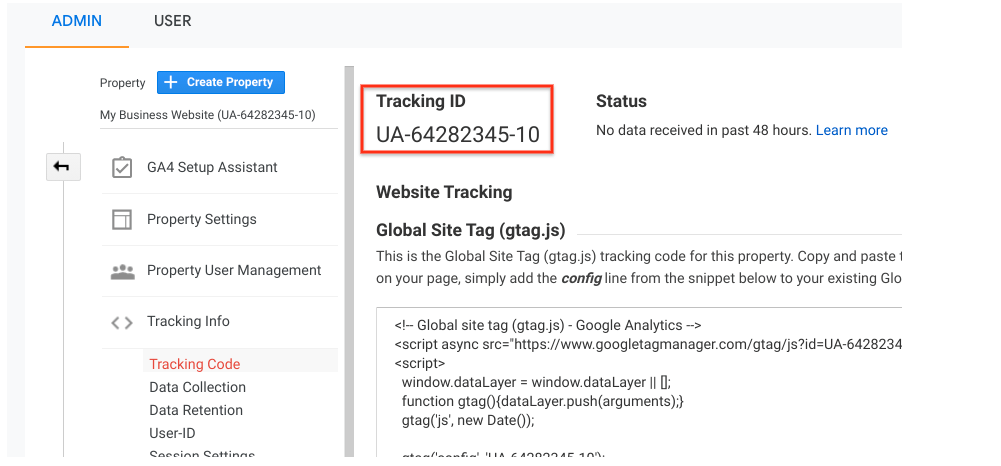Understanding the Art of Conquering Data Collection Limitations in Google Analytics for Better Decision-Making
In the world of electronic analytics, the capability to remove meaningful understandings from information is extremely important for informed decision-making. Google Analytics stands as an effective tool for services seeking to recognize customer actions, track conversions, and optimize their on-line presence. However, data collection limitations within this platform can prevent the accuracy and deepness of the info collected. To truly harness the possibility of Google Analytics for critical decision-making, understanding the art of getting over these restraints is important. By using sophisticated methods and calculated strategies, companies can boost their data top quality, unlock hidden understandings, and lead the way for even more effective and educated decisions.
Information Top Quality Analysis
Assessing the high quality of data within Google Analytics is an essential action in ensuring the integrity and accuracy of insights derived from the gathered details. Information top quality assessment entails examining various elements such as accuracy, completeness, uniformity, and timeliness of the data. One essential facet to take into consideration is data precision, which describes just how well the information shows the real values of the metrics being determined. Unreliable information can bring about malfunctioning conclusions and misguided company choices.
Completeness of data is one more vital factor in assessing data top quality. Consistency checks are likewise crucial in information top quality assessment to identify any type of discrepancies or abnormalities within the information set. By prioritizing information quality assessment in Google Analytics, businesses can improve the reliability of their analytics records and make more educated choices based on exact understandings.
Advanced Monitoring Methods
Making use of innovative tracking strategies in Google Analytics can significantly enhance the deepness and granularity of data collected for even more extensive analysis and insights. One such method is occasion monitoring, which enables the surveillance of specific interactions on a website, like click buttons, downloads of files, or video sights. By carrying out occasion monitoring, organizations can gain a much deeper understanding of individual behavior and engagement with their on-line web content.
Additionally, custom dimensions and metrics supply a method to tailor Google Analytics to details business needs. Custom-made dimensions enable the creation of brand-new information points, such as individual duties or consumer sectors, while custom-made metrics enable the monitoring of distinct performance signs, like profits per customer or ordinary order worth.
In addition, the utilization of Google Tag Supervisor can improve the application of tracking codes and tags across a web site, making it less complicated to take care of and release sophisticated monitoring arrangements. By using these advanced monitoring techniques, businesses can open useful insights and maximize their online strategies for better decision-making.
Personalized Dimension Implementation
To improve the depth of data gathered in Google Analytics beyond sophisticated monitoring strategies like occasion monitoring, organizations can apply custom-made measurements for more tailored site link insights. Personalized dimensions enable organizations to define and collect details information points that relate to their unique objectives and purposes (What Data Does Google Analytics Prohibit Collecting?). By appointing personalized measurements to various elements on a website, such as user interactions, demographics, or session information, companies can get a much more granular understanding of just how customers engage with their on-line buildings

Acknowledgment Modeling Strategies
Efficient attribution modeling is vital for recognizing the impact of numerous marketing channels on conversion courses. By employing the appropriate attribution version, organizations can properly connect conversions to the suitable touchpoints along the customer journey. One common acknowledgment design is the Last Interaction model, which gives credit for a conversion to the last touchpoint a user communicated with prior to converting. While this version is straightforward and very easy to implement, it frequently oversimplifies the customer trip, disregarding the impact of various other touchpoints that added to the conversion.

Data Experiencing Avoidance
When managing large volumes of data in Google Analytics, getting rid of data sampling is vital to guarantee accurate insights are derived for notified decision-making. Data sampling occurs when you could look here Google Analytics estimates patterns in information as opposed to analyzing the total dataset, potentially bring about manipulated outcomes. To avoid data sampling, one effective technique is to reduce the day variety being evaluated. By concentrating on shorter timespan, the probability of coming across sampled data declines, providing a more precise representation of user actions. In addition, utilizing Google Analytics 360, the premium version of the platform, can help minimize sampling as it permits higher data thresholds prior to sampling begins. Applying filters to tighten down the information being analyzed can also help in staying clear of sampling issues. By taking these proactive steps to lessen data sampling, companies can remove much more precise insights from Google Analytics, causing far better decision-making and enhanced general performance.
Verdict
To conclude, understanding the art of getting rid of information collection limitations in Google Analytics is vital for making informed decisions. By performing an extensive data quality assessment, executing sophisticated tracking techniques, utilizing customized dimensions, utilizing acknowledgment modeling approaches, and staying clear of data tasting, businesses can make sure that they have reputable and precise information to base their choices on. This will eventually bring about a lot more reliable methods and better end results for the organization.
